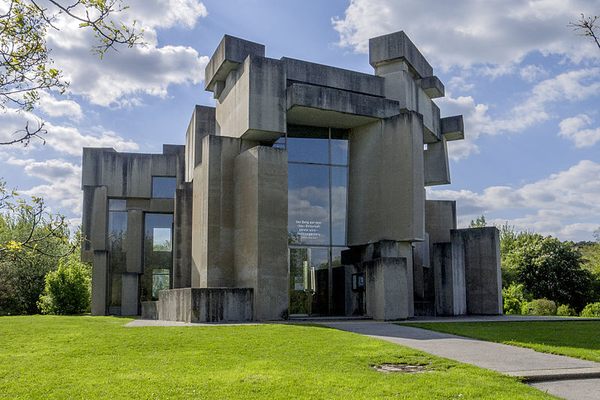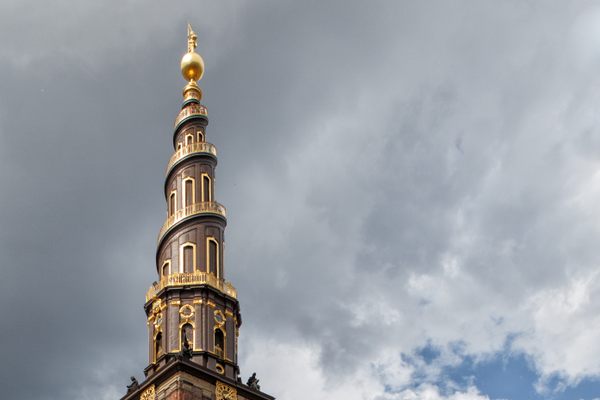About
Sitting atop a grassy hill in Vienna is the Kirche Zur Heiligsten Dreifaltigkeit (Church of the Most Holy Trinity), what looks to be an asymmetrical jumble of concrete slabs, precariously threaded together. However, most people simply know it as the Wotruba Church.
On the initiative of Margarethe Ottillinger, a monastery church made of marble blocks was already planned by the Viennese architect Fritz Gerhard Mayr in the mid-1960s. Ottillinger, who was suspected of being an industrial spy and therefore spent a number of years in Russian captivity, was unable to realize her plan, and several years passed before construction could begin on the outskirts of the Wienerwald.
The modernist chapel takes its name from the visionary architect behind its creation, Fritz Wotruba. The sculptor-cum-architect began building the strange building in 1974, inspired by elaborately gothic Chartres Cathedral, though you could be forgiven from seeing how given the brutalist church that he ended up designing. Built on the site of a former Nazi barracks, the church is formed from 152 concrete blocks, bolted together like a Jenga tower in mid-tumble. The windows are built into the irregular spaces between the blocks.
Inside of the church, the main chapel is essentially mundane with regular church seats, uniform psalm books tucked into their backs. Were it not for the chaos of the church walls all around, it would not seem that different from any other around the world.
Unfortunately, Wotruba did not live to see his beautifully odd church reach completion. He died in 1975, just a year shy of the building's completion in 1976. While the architect behind the alien church did not survive to appreciate his work, it still stands today, wowing parishioners and fans of odd architecture alike. Even today, the untreated concrete surfaces are in astonishingly good condition and are hardly weathered or riddled with cracks. It may seem a bit cold and abstract in comparison to more traditional churches, but the experience of walking into a giant brutalist sculpture is heavenly in its own right.
Related Tags
Community Contributors
Added By
Published
November 20, 2015












































